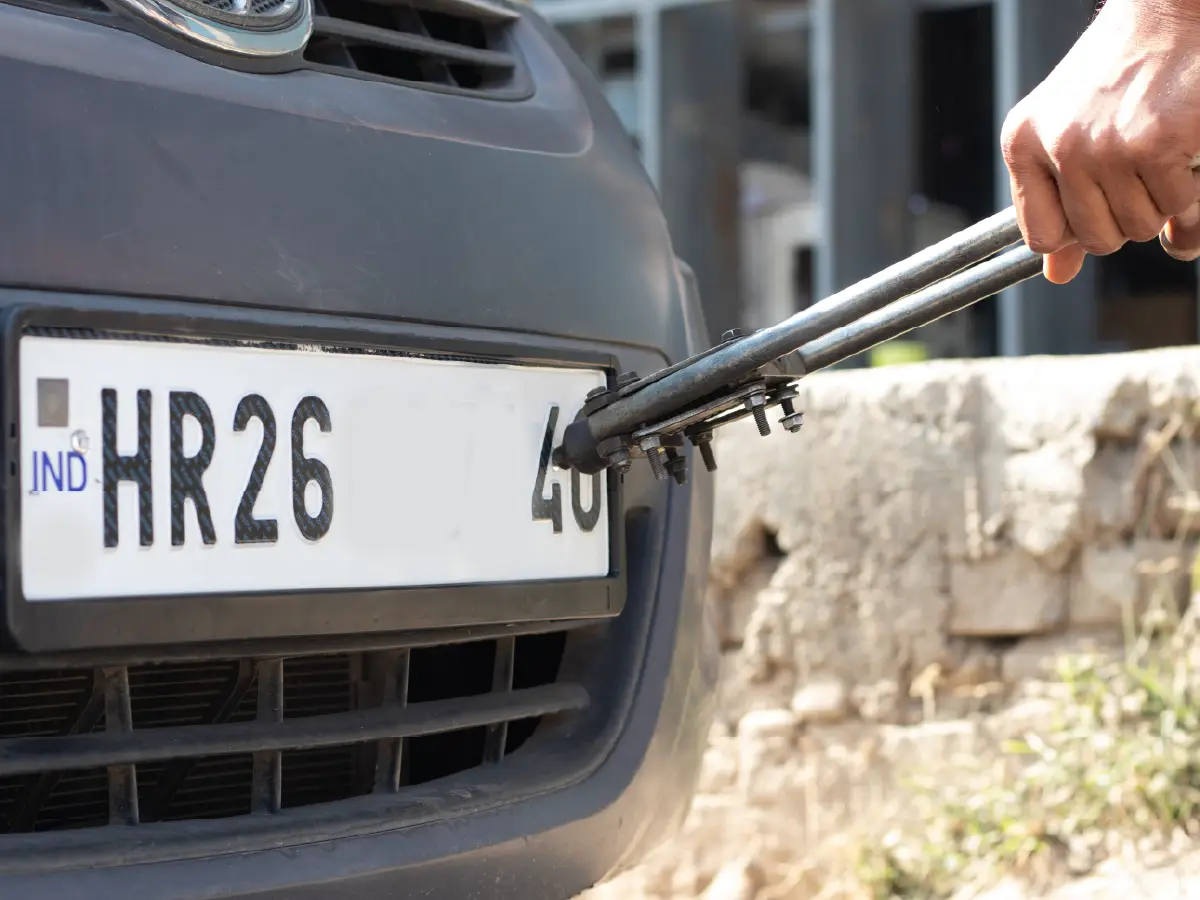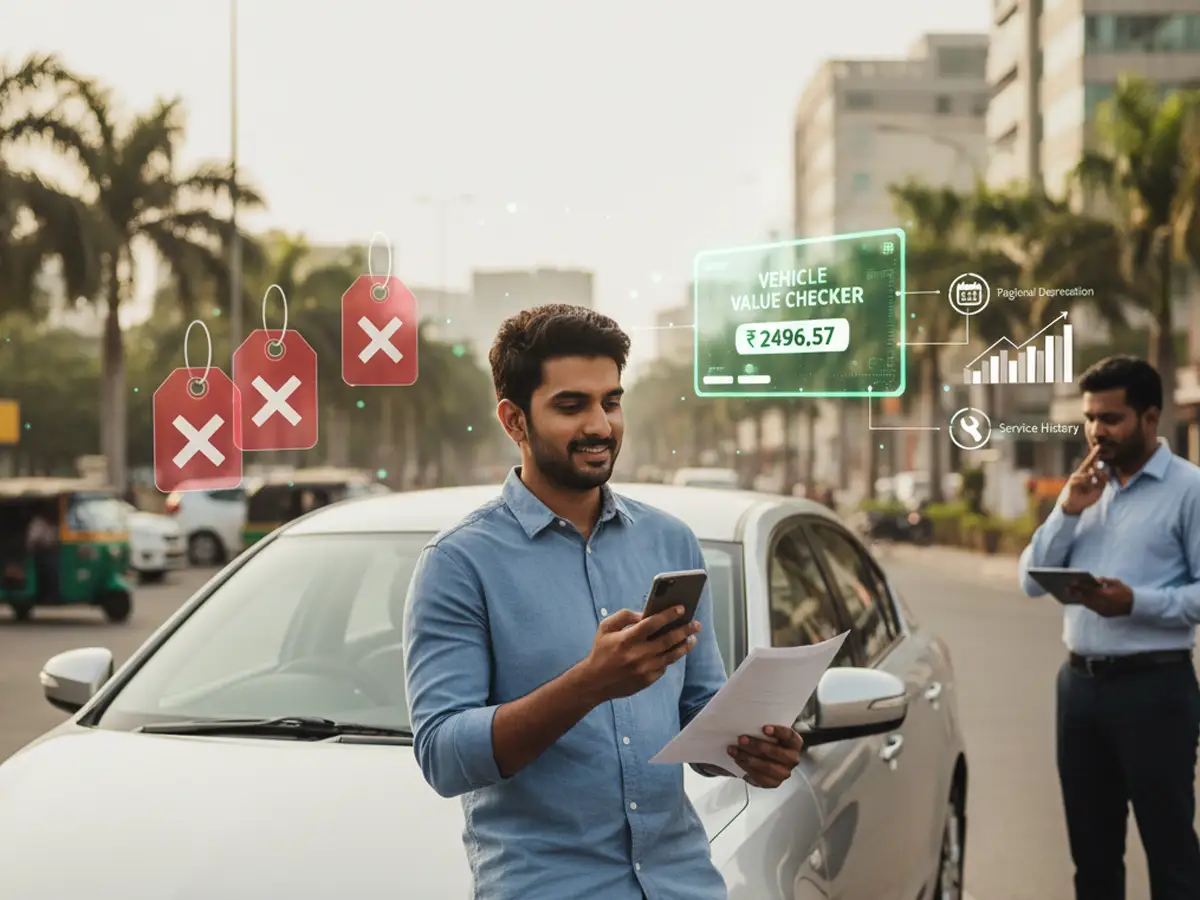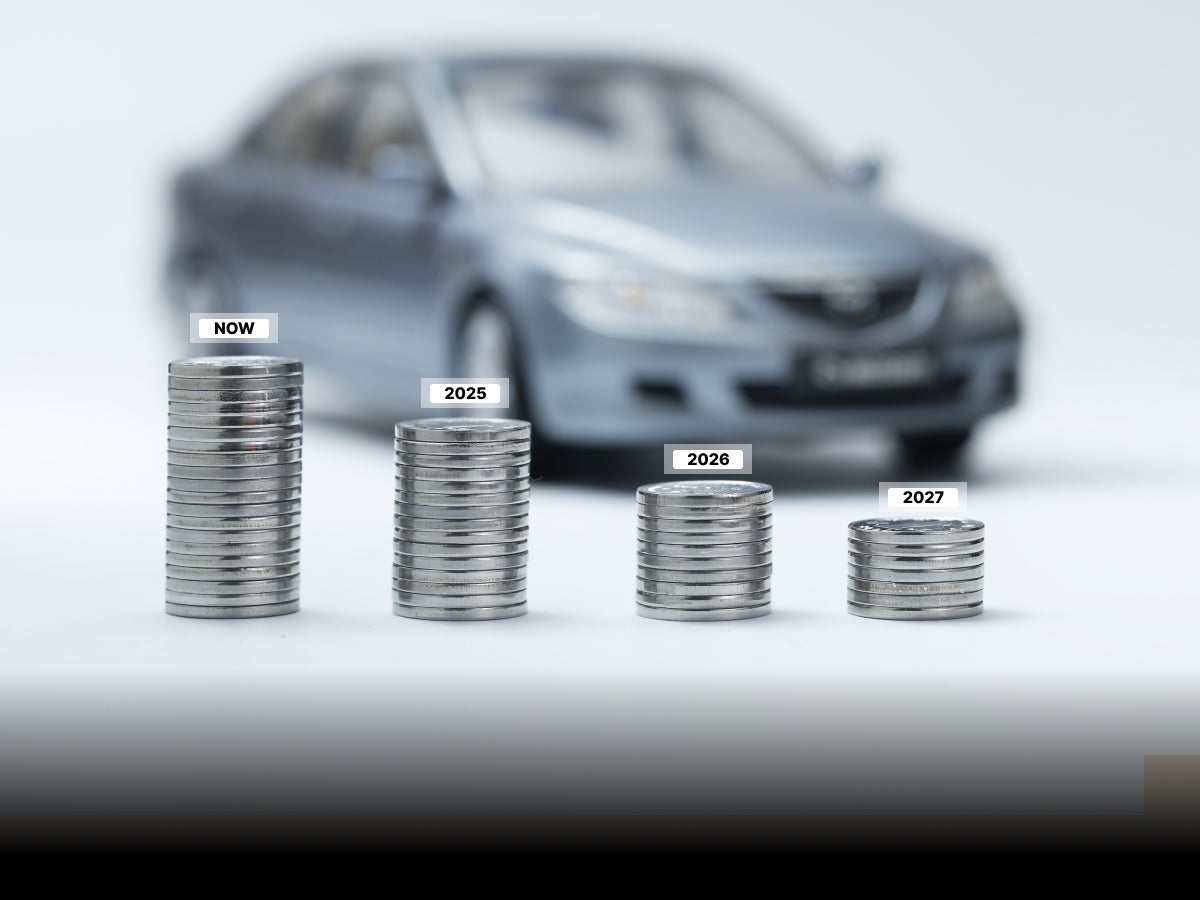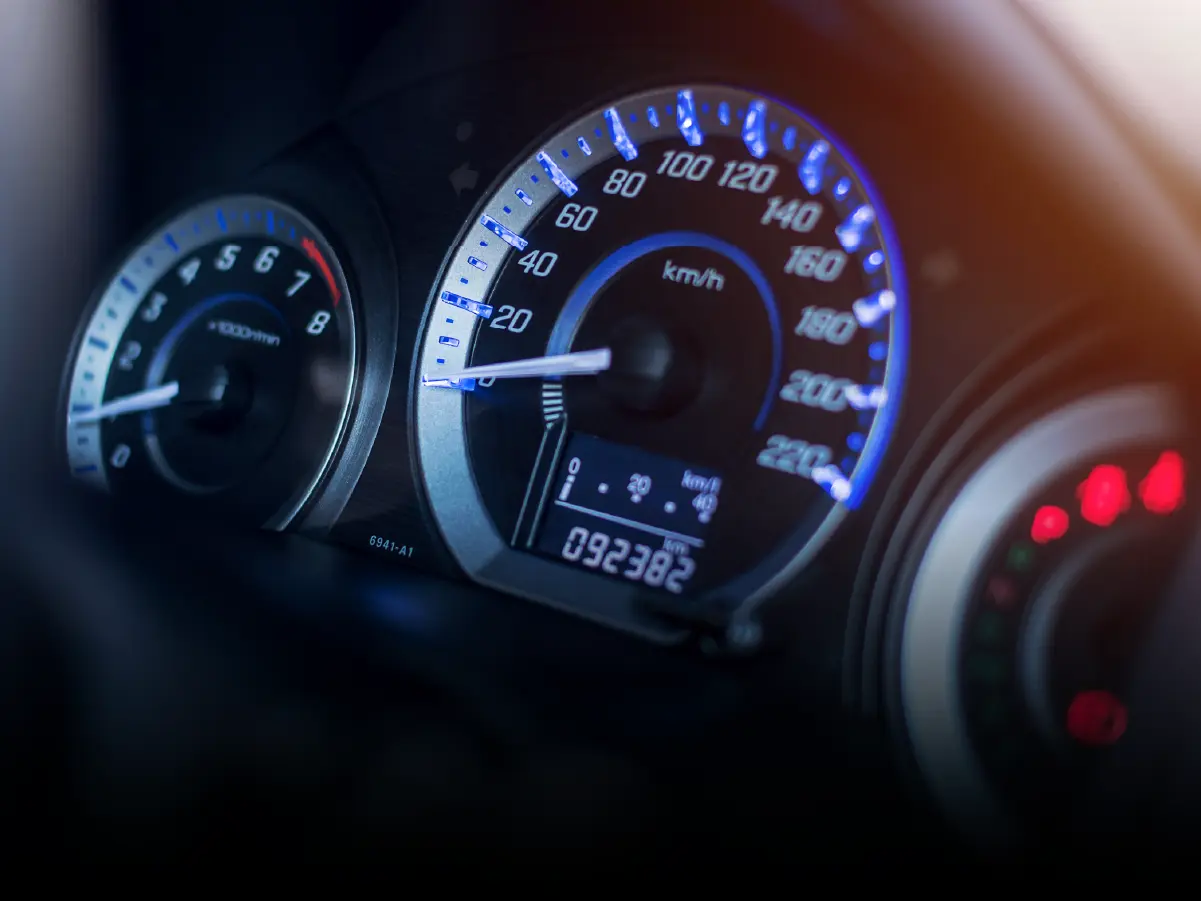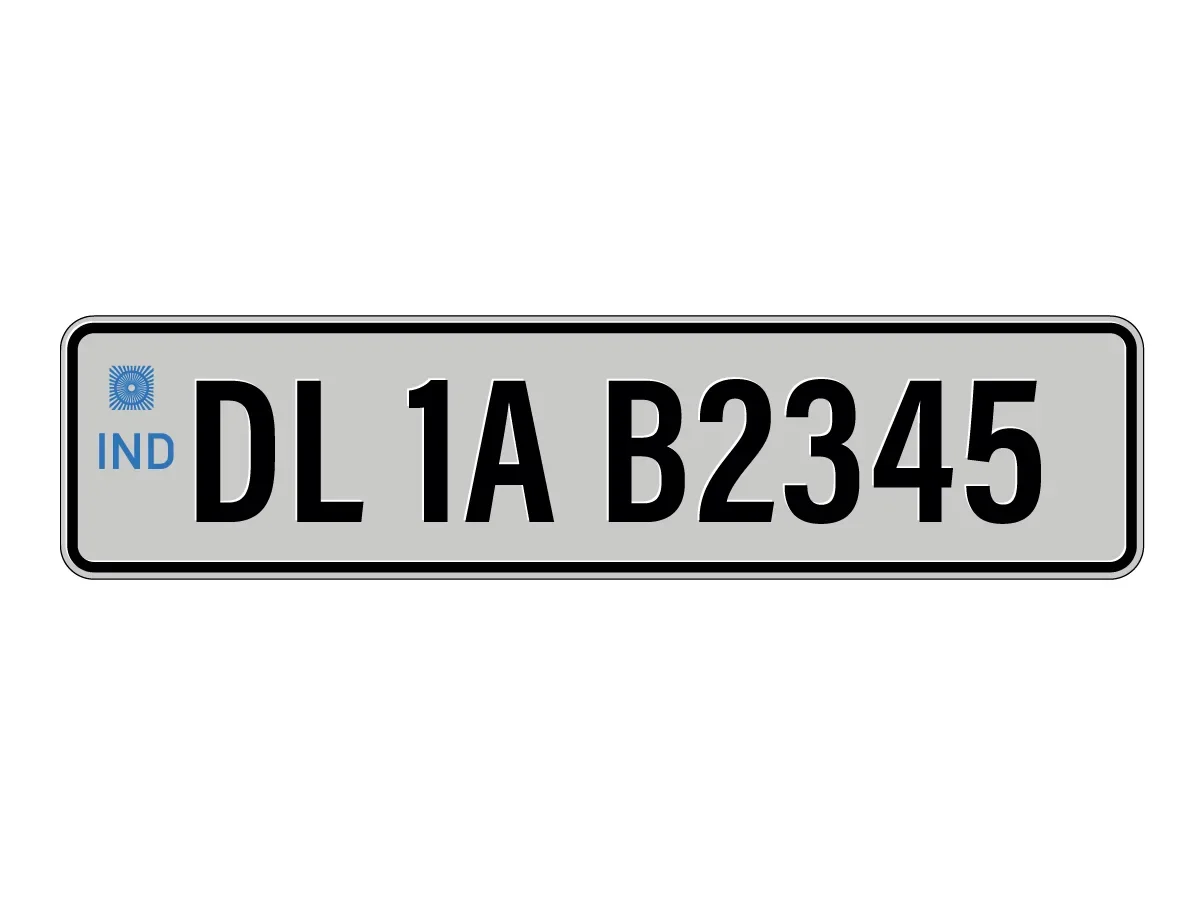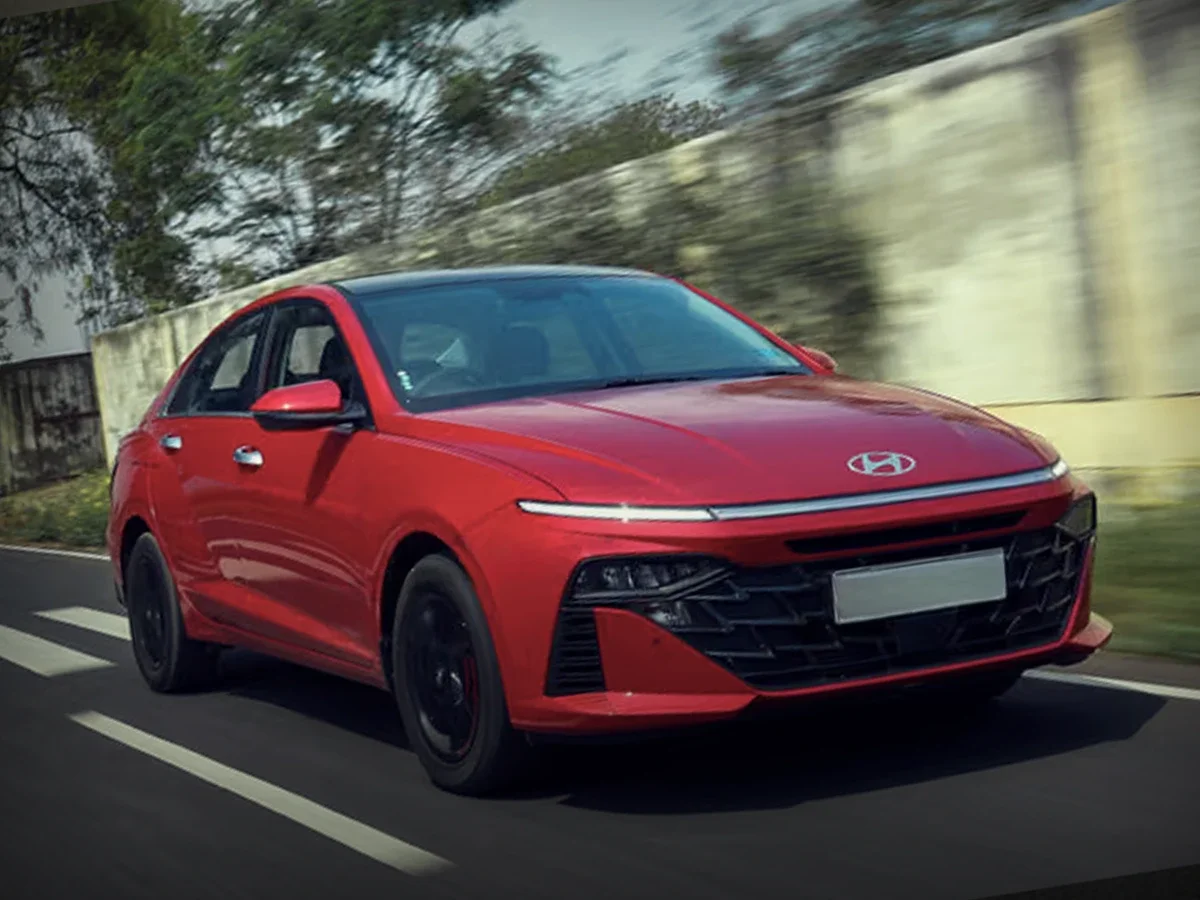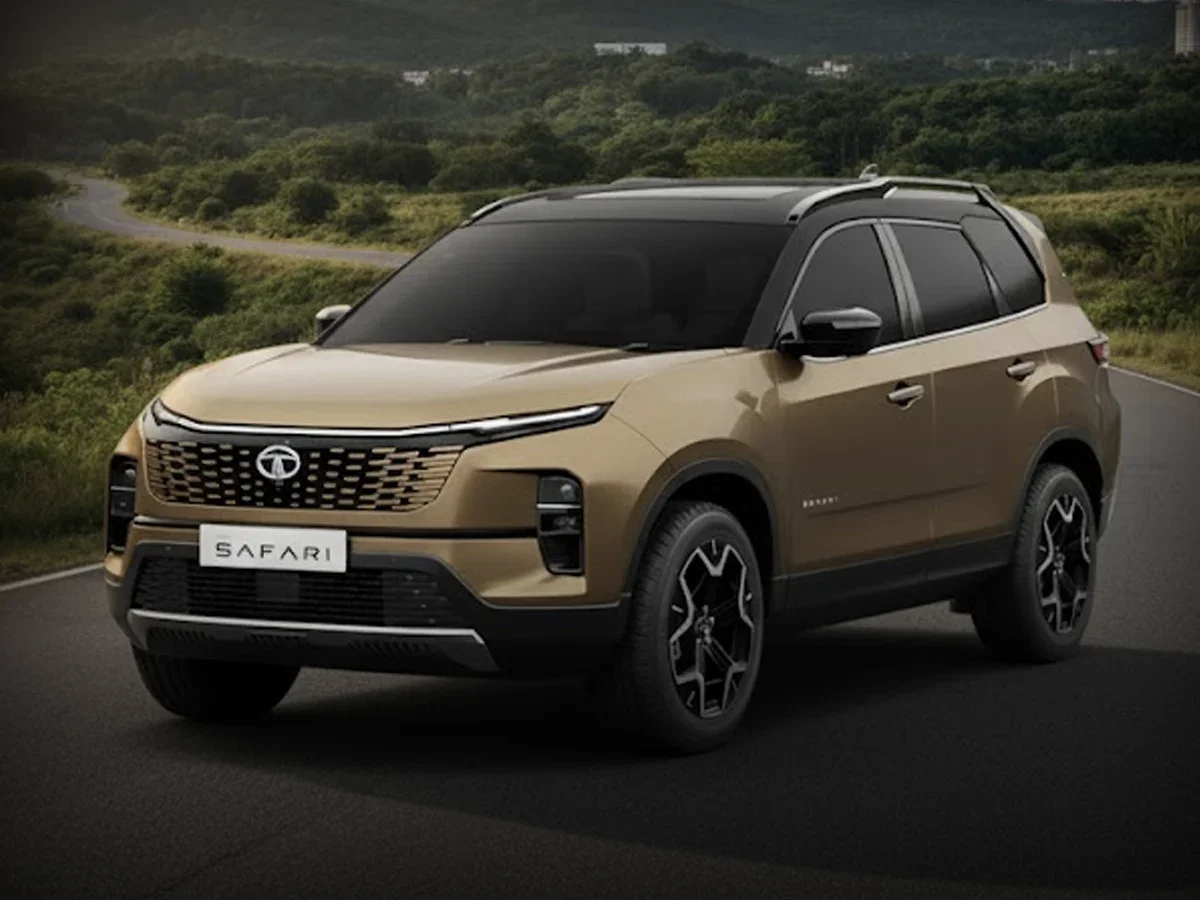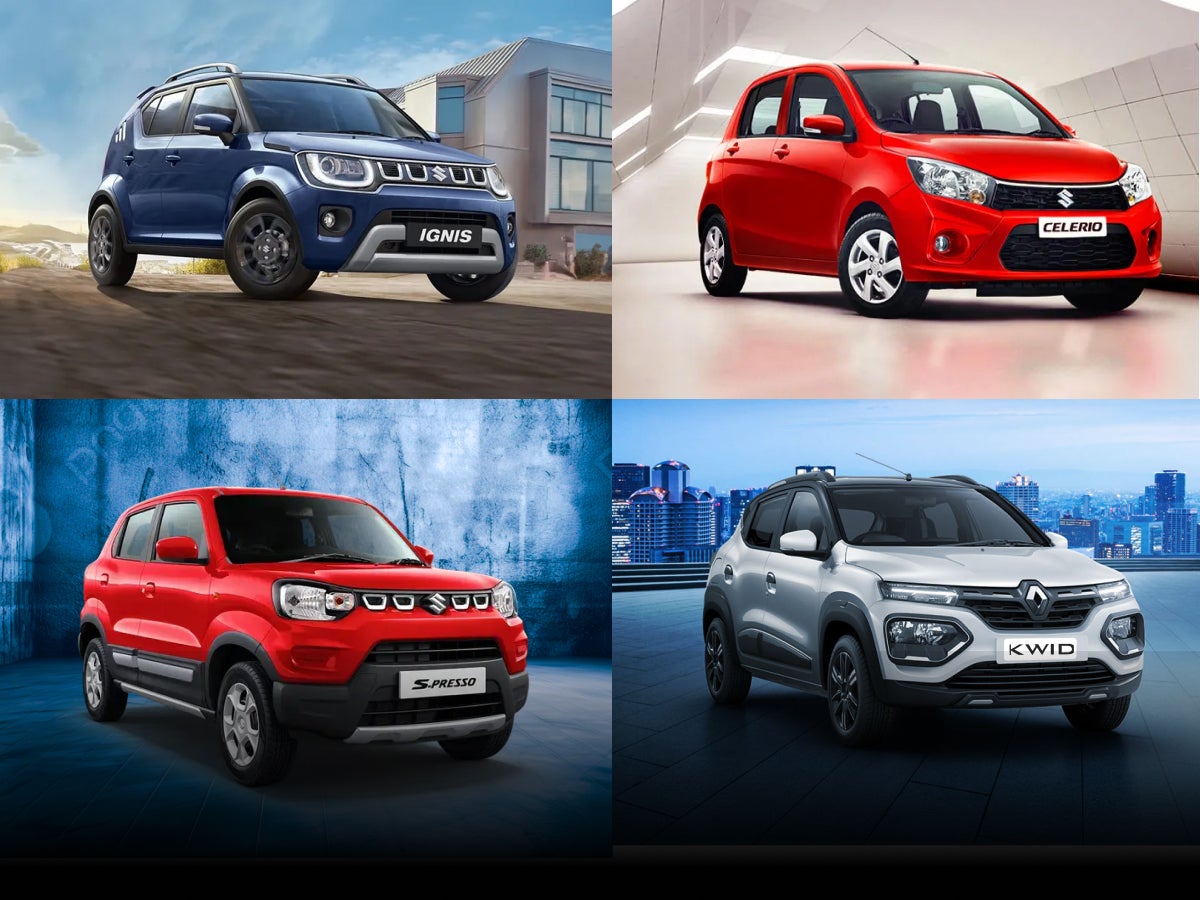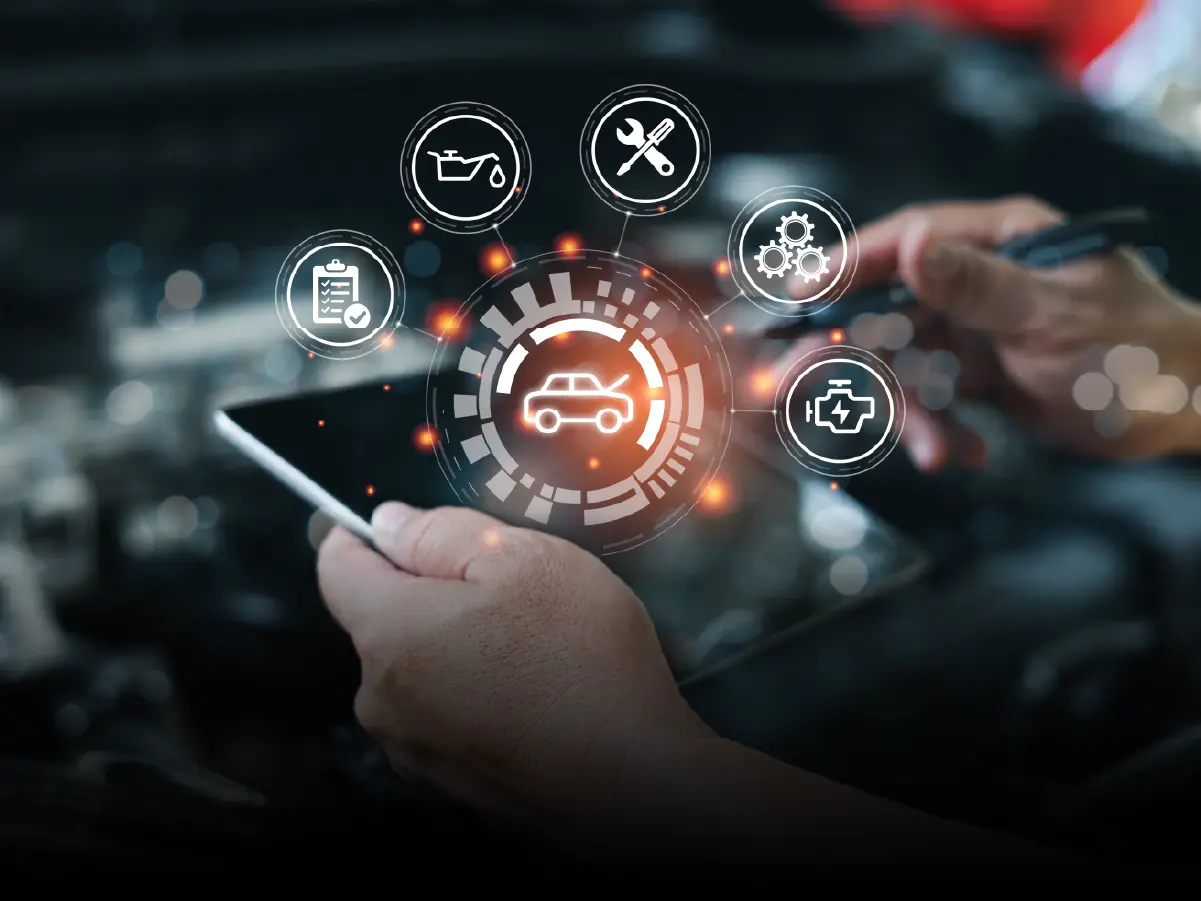

Top Inspection Tips: PDI Checklist for New and Used Car Buyers
- 1A PDI helps uncover hidden issues in new or used cars early on
- 2Used car inspections check mechanical, legal, and safety aspects
- 3Modern PDIs use tech tools for faster, more accurate reporting
Be it a brand new car or a pre-owned one, buying a car is always a special moment and brings with it a lot of excitement. However, before the excitement carries you straight to the driver’s seat, there’s one crucial step you shouldn't overlook: getting a Pre-Delivery Inspection (PDI) of your new or used vehicle.
A pre-delivery inspection ensures that your car is thoroughly inspected inside and out, and any issues or mechanical faults are reported beforehand. It acts as your last layer of protection before the vehicle officially becomes yours.
What Exactly is a Pre-Delivery Inspection?
As mentioned earlier, a Pre-Delivery Inspection (PDI) is a detailed examination carried out just before the vehicle is officially handed over to the customer.
For new cars, PDI is performed at the dealership before the vehicle is registered in your name. For used cars, however, PDI is performed at the location of the seller's or buyer’s convenience, and by a dedicated PDI service provider.
A pre-delivery inspection has an exhaustive checklist falling into the following sections:
- Car’s Exterior
- Car’s Interior
- Engine and Transmission
- Electricals and Electronics
- Documentation and Legal Aspects
An inspection report will be generated once all these sections have been inspected thoroughly, and provide detailed insights into each component's condition. This car health report delves into the complete details of the vehicle and points out if any issue is identified.
Why a PDI is Important for a New Car
The main reason why brand-new cars need a pre-delivery inspection is that even new vehicles can have faults and issues. Mainly, these issues are due to manufacturing defects, transportation damage or dealer cover-ups. Issues in the new cars are not major, but enough to degrade your purchasing and driving experience.
Scratches on the body, faulty electronics, low fluid levels, etc., are some of the common issues found in new vehicles. Hence, a new-car inspection can help you identify and rectify these issues before the vehicle is registered in your name. Overall, you are saved from unnecessary trips to the service centre later.
New car inspection checklist:
- Confirm all paperwork is accurate (VIN, engine number, warranty booklet)
- Check exterior for dents, paint mismatches or scuffs
- Ensure headlights, indicators, and interior lights work
- Test audio, infotainment, and AC system
- Review tyre condition and spare wheel / puncture repair kit
- Check under the bonnet for leaks or loose fittings
- Ensure all accessories promised in the deal are present

Why a PDI is crucial for Used Cars
Compared to a new car, used cars are far more likely to have multiple issues. Just by looking at the vehicle, you can't tell the condition of the engine, transmission, suspension, steering, electronics or anything else. You also don’t know how the previous owner maintained the car—were they a rash driver, did the car meet with accidents, were any challans issued, and if they were paid or not?
This is exactly why it’s important to go for a used car inspection. It helps you understand the actual condition of the car in detail.
Key areas to inspect in a used car:
- Scrutinise the service history and previous insurance claims
- Ensure no warning lights are active on the dashboard
- Check brakes, suspension, and steering feel for unusual behaviour
- Verify air conditioning, infotainment, and other electronics
- Examine the tyres for uneven wear, which could suggest alignment issues
- Conduct a thorough test drive and listen for unusual noises
- Make sure the Registration Certificate and other documents are authentic and updated
Role of Technology in Modern PDI
Modern Pre-Delivery Inspections for both new and used cars involve the use of modern tools such as OBD scanners and other equipment. Checking a paper checklist was an old-school mode of inspection, which has now evolved to a symbiosis of manual and digital inspections.
Mobile phones and tablets are used to take videos and photos of the car while performing an inspection. The inspection reports that are generated after a thorough inspection are stored on the cloud for easy access. This tech-driven approach ensures nothing gets overlooked and speeds up the process too.
Conclusion
If you’re buying your first car, all this might feel a bit overwhelming. But you do not have to worry because pre-delivery inspection is worth your time and money. A detailed PDI helps you avoid nasty surprises and gives you confidence in your purchase.
A proper pre-delivery inspection, whether you're buying a brand-new vehicle or a second-hand car, is a step you shouldn't overlook. It’s your chance to ensure you’re getting what you’ve paid for—without the stress of discovering problems later.
Frequently Asked Questions
Expand all